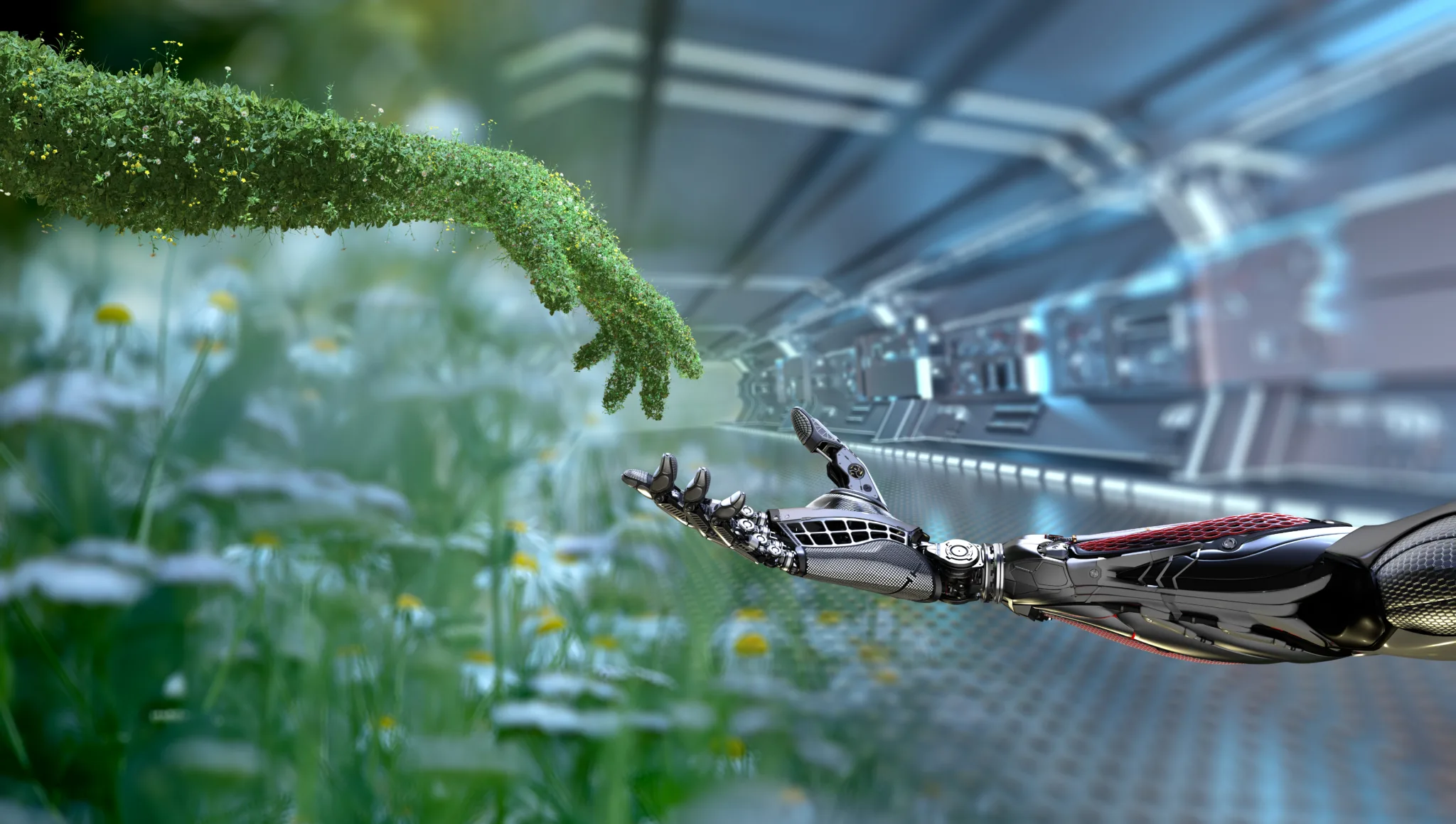As generative AI careens into copyright law, we’ve seen a lot of confusion – including in the courts! That’s why I was thrilled to help my colleagues navigate this tricky landscape during a recent webinar for the King County Bar Association in Washington State. We explored three court cases that give us insights into applying old laws to new tech. Here’s some of what you missed.
But First, The AI Basics
AI has three main stages, each of which offer potential legal challenges, especially when copyrighted content is used and manipulated.
- Data Input: The AI is “taught” using text, images, audio, or video data.
- Pattern Recognition: The AI “learns” by analyzing data using algorithms, identifying patterns, and making decisions.
- Output: The AI generates a work product, such as predictions, answers, or even new compositions.
Copyright Laws Governing AI
Now, let’s put all of that in the context of 17 U.S.C. § 501, which says anyone who violates the exclusive rights of a copyright owner is considered an infringer. The law defines exclusive rights as encompassing the reproduction, distribution, and creation of derivative works. There’s also 17 U.S.C. § 1202 which makes modifying someone else’s copyright management information (CMI) illegal.
Human Liability with Robots
Three of the most common theories of liability regarding AI systems include:
- Input Theory of Liability– Copyrighted content was directly copied to train the AI model
- Output Theory of Liability– Copyrighted content was infringed by the AI model’s output
- Removal of CMI in violation of the DMCA, 17 USC § 1201-1205
Determining liability when AI systems are involved is rarely straightforward. Courts often examine the extent of “volitional conduct,” or the degree of control exercised by the alleged infringer over the AI’s actions. Here are three cases shaping these issues. They provide a framework for us to examine how someone might prove copyright infringement by an AI system occurred.
- Reuters v. Ross (1:20-cv-00613):
- Ross allegedly induced LegalEase to create Q&A databases using Westlaw headnotes without authorization. The court ruled that Ross directly infringed Westlaw’s copyrights for 2,243 headnotes, finding that the conversion of headnotes into Q&A format was not sufficiently transformative and thus a derivative use of the copyrighted headnotes.
- Fair use defenses were also rejected, with the court emphasizing that Ross’s use was not transformative because both Ross and Westlaw used the content for the same purpose: legal research.
My Take
Reuters v. Ross is important because it’s the most “matured” case we have on this topic, and we have two issues being brought before the Third Circuit of Appeals: (1) the copyrightability of something as seemingly humdrum as headnotes; and (2) the lower court’s fair use analysis. I think we’ll get a split decision that reverses the ruling that Westlaw’s numbering system is copyright-eligible because the lower court found that it was created with a “rote” software program.
- Does v. Microsoft, GitHub, OpenAI (4:22-cv-06823):
- Plaintiffs claimed that GitHub’s Copilot and OpenAI’s Codex copied loads of code to train Copilot and Codex (i.e. their inputs). Plaintiffs also claimed that Copilot and Codex generated code outputs that included substantial portions and even verbatim copies of copyrighted code without proper attribution.
- The court dismissed some of Section 1202 claims, but granting leave to amend, finding that plaintiffs failed to allege that the output was identical to copyrighted content of the plaintiffs in the case. (The complaint did show examples of excerpts of textbooks being outputted, but those authors weren’t part of the case).
My Take
Github is another “early case” and the first class-action litigation in this area. It’s particularly interesting because it didn’t deal with copyright infringement at all. In this case, the plaintiffs argue that the defendants violated 17 USC 1202 because the defendants removed CMI when they trained their model. But surprise! Another appeal! The Ninth Circuit will have to decide whether the infringing content must be identical to the copyrighted content to prove misappropriation of CMI under 17 U.S.C. 1202.
This case also highlights the importance of the terms of open-source licensing terms that can sometimes usurp your claims for copyright infringement. Open-source does not mean “public domain.” Read those terms!
- Anderson et al. v. Stability AI (3:23-cv-00201):
- Stability AI was accused of using billions of copyrighted images to train its Stable Diffusion model without permission. Plaintiffs alleged that the AI system generated derivative works based on these images.
- The court found that the plaintiffs sufficiently alleged direct infringement against Stability AI, but required more specificity regarding how DeviantArt and MidJourney were implicated.
My Take
This case is extra remarkable because it was brought by visual artists who say Stability AI was improperly trained on their copyrighted images. Stability AI is generative so it’s really unlikely for it to output a 1:1 lookalike of content it was trained on. But it raises the question of whether Stability and Midjourney infringed just by removing CMI and/or copying images to feed their model. This case also highlights the importance of proving the defendant took that “volitional step” to make copies or aid in making copies of copyrighted material. The court here found that merely providing access to libraries of copyrighted content is not infringement.
About a Bot – the Legal Implications (from me, a human)
AI is here to stay, whether we like it or not. So reach out to us to help you navigate these exciting changes in technology! Don’t let the robots intimidate you, but do your homework before pursuing copyright infringement claims against an AI system. Verify:
- What is being copied/distributed?
- Where is the copying/distribution happening?
- Who pressed the button to cause the copying/distribution?
- Was this robot designed for infringement?
- What CMI was removed?
Finally, come with me if you want to live! Just kidding.






